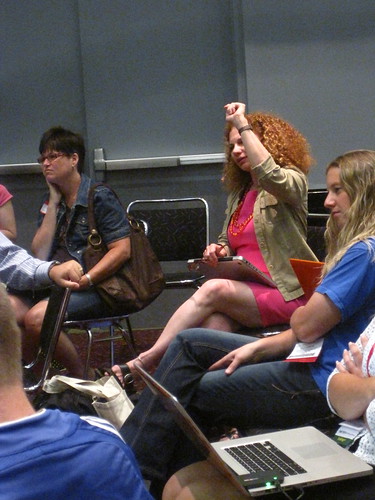 I’m home and happy. I was lucky enough to catch earlier flights out of both Denver and Dallas (suffering through a middle seat in the back of the plane from DFW to RDU) and was thrilled to get back in time to watch a movie with Brenda before bed.
I’m home and happy. I was lucky enough to catch earlier flights out of both Denver and Dallas (suffering through a middle seat in the back of the plane from DFW to RDU) and was thrilled to get back in time to watch a movie with Brenda before bed.
I know that I am usually blogging throughout the conference, but this year there seemed to be no time reflecting, much less writing. In fact, on Monday it was 9:00PM before I had time to eat, and that was only because I was so starved that I left TEDxDenverED early. But I did take notes using concept mapping software on my iPad, and many of them I tweeted out just after the sessions. I am hoping that the next few blog posts will include some of my reflections from the conference, feeding off of those notes.
The first event of the conference was EduBloggerCon, masterfully organized again by Steve Hargadon. We started off with people writing down unconference topics and then signing their names to the ones that were most interesting. The conversations with the most votes, were worked into a schedule, which was posted on the event wiki.
One of the conversations that I attended to was “Technology Literacy.” It was a useful conversation with a lot of complementary viewpoints. Here are some of the statements that I jotted down with my comments in grayed italics:
- There’s doing technology, evaluating technology, and tech knowledge. All three are part of being tech literate.
- Our students do not know how to use technology to learn. I’m not sure I wholly ?agree with this one. They do not know how to use technology to be schooled. But they do, I think, know how to use their information environment to learn. That’s not to say that they do it well and don’t need our guidance. They certainly need that. But it’s a distinction that I think is worth making.
- We need to be teaching computer application, not computer applications. This is something that I’ve written about before (What Difference Might One “S” Make?). The distinction is learning how to apply ICT rather than learning discrete computer applications.
- Two barriers to implementation of technology literacy development are lack of time and the fact that many teachers are not independent learners themselves.
- There was talk about learning by tinkering, and that most of us, in the group, agreed that we developed our technology skills by tinkering. The problem is that the nature of tinkering is not very “schooly.”
- Sylvia Martinez observed that nearly all conversations about technology literacy seem to automatically evolve into conversations about education reform.
 I also attended to one of the conversations about iPads, entitled, “What Ipads/tablets are going to change education?.” I think that would have been an excellent conversation. But, instead, we witnessed a back and forth on why the iPad might be an important learning tool and why it wouldn’t. I got the impression that much of the push back came from IT folks, and that at least some of their objections were based on misinformation.
I also attended to one of the conversations about iPads, entitled, “What Ipads/tablets are going to change education?.” I think that would have been an excellent conversation. But, instead, we witnessed a back and forth on why the iPad might be an important learning tool and why it wouldn’t. I got the impression that much of the push back came from IT folks, and that at least some of their objections were based on misinformation.
I must admit that the jury’s still out for me, though after a few weeks of using my iPad, I’m increasing intrigued by its prospects in the classroom.
It was an interesting and useful conversation sharing ideas that need to be shared. But, on the whole, I think that it’s a premature conversation. The iPad is new, it’s an infant, and what we’ll be doing with it five years from now, one year from now, three months from now depends more on a community of application developers than it does on Apple. I would hate to see us, though, try to push applications into classroom relevance, just so that we can integrate the iPad, the way that we often do with handhelds and other technologies.
One observation that I thought was extremely interesting was someone’s suggestion that when China can come up with an alternative device, the iPed, two months after iPad is introduced, running on Android OS, we have to wonder how Apple, with its constrained App Store, is going to keep up with the innovations of it’s competition. I’ll have more to say about that later…
A final conversation that I participated in was called “Interrogating the Concept of ‘PLN’.” This was a challenge to the term, “Personal Learning Network.” The argument seemed to be that being able to connect to people and information sources that help us do our jobs has been around for a long time, and that we should be explaining exactly what this is about, rather than referring to a term like “Personal Learning Network.”
I don’t think that the conversation got us anywhere, except that it forced us to think hard about what we are doing and how we are talking about it. I honestly do not think that the challengers got any traction with the term’s defenders. For instance, several folks said that they would never start explaining networked professional learning with the term PLN. We start with an explanation and demonstration of some of the practices. That’s what teachers do!
I asked on several occasions, “What would give the term credibility?” and did not get an answer. but I think that there is something bigger going on here which I mentioned to a few people in passing. The suggestion didn’t seem to resonate, so I’m going to hold onto it for the time being.
All-in-all it was a great EduBloggerCon, perhaps the best yet. The conversations were fruitful, even when there were few conclusions. They pushed us to think and express, and there was not nearly as much complaint about the barriers that we’ve listened to in the past. I think that, as a concept, the EduBloggerCon, or at least the community that this one draws, is maturing.
Possible follow-ups: My reflections on presenters such as Elliott Soloway, Gary Stager, Kathy Schrock, Doug Johnson, Jean-François Rischard, my whirlwind tour of the exhibit hall and ISTE as Disneyland for teachers.




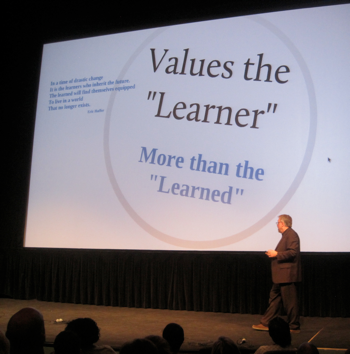




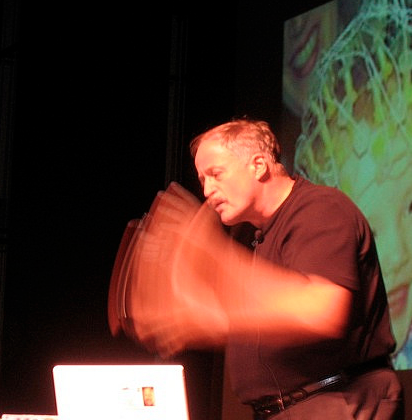
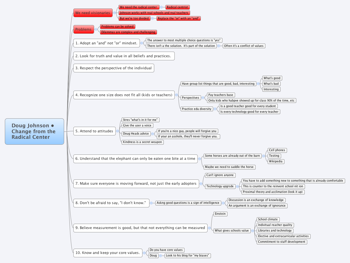
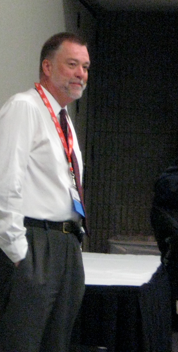
 There are lots of reasons to attend an
There are lots of reasons to attend an 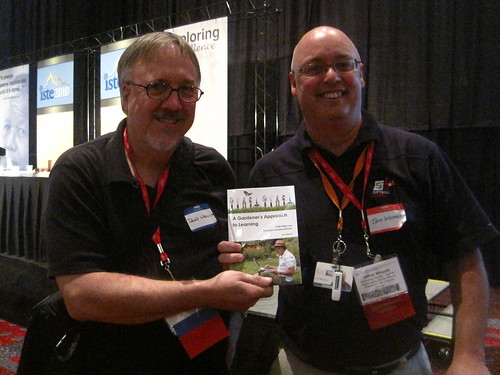
 I’m home and happy. I was lucky enough to catch earlier flights out of both Denver and Dallas (suffering through a middle seat in the back of the plane from DFW to RDU) and was thrilled to get back in time to watch a movie with Brenda before bed.
I’m home and happy. I was lucky enough to catch earlier flights out of both Denver and Dallas (suffering through a middle seat in the back of the plane from DFW to RDU) and was thrilled to get back in time to watch a movie with Brenda before bed. I also attended to one of the conversations about iPads, entitled, “
I also attended to one of the conversations about iPads, entitled, “